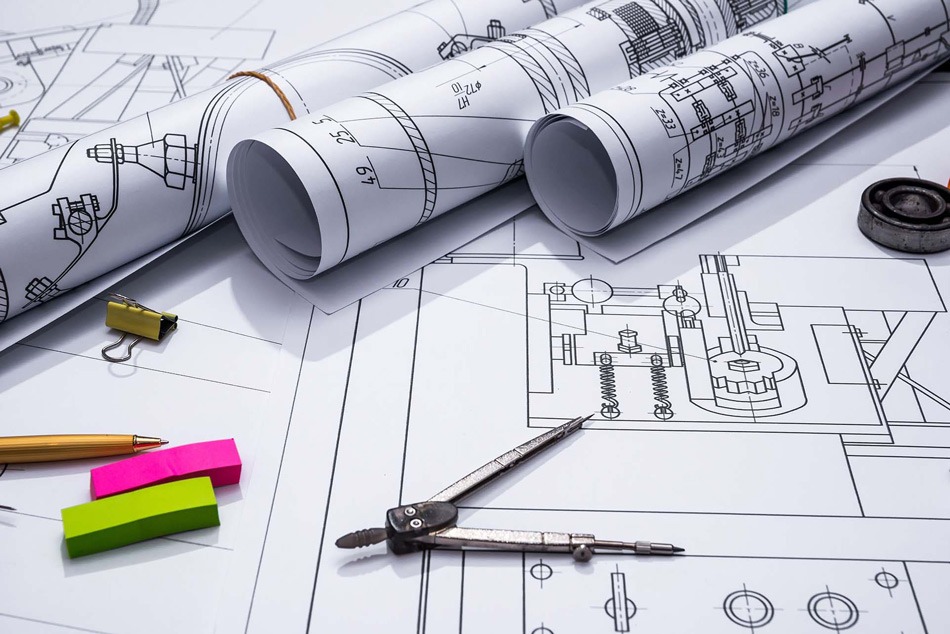HAVC and Mechanical Systems for Mixed-Use Buildings
Mixed-use buildings are becoming more popular nowadays. They combine two or more uses into a single structure such as parking garages, apartments, shops, restaurants, and many others that come together under one roof. In simple words, a mixed-use building is a structure that serves various purposes ranging from retail, hotel, parking, medical, entertainment, and industrial uses. For instance, the first floor of a mixed-use building might be dedicated to a shopping mall or coffee shop while the upper floors are designed for residential tenants. This is the reason why mixed-use buildings largely benefit from HAVC and Mechanical Consideration engineering expertise.
What is HAVC System?
HAVC stands for heating ventilation and air conditioning system that fall under one umbrella of mechanical engineering. It offers huge benefits for mixed-use buildings. There are different types of HAVC systems available today. So, when it comes to choosing a HAVC system, make sure you consider some basic factors such as building design, air quality, and energy efficiency. Moreover, the local climate may also determine the suitable type of HAVC system.
Types of Large HAVC Systems:
Among the many variations of the HAVC system available today, there are mainly three preferred approaches that you should take into account while designing a mixed-use building.
- Single Split System: This is the most common system that is commonly found in comparatively smaller buildings. One of the great advantages that it offers is the ability to control temperature levels in different areas of the building.
- Multi-Split System: Multi-split systems are becoming popular today while designing new commercial and industrial construction. The best part of a multi-split system is that it can connect up to nine individual indoor to a single outdoor unit. It is also featured an advanced sensor network that can detect temperature changes and adjust performance on the fly. As a result, it can reduce the quality amount of energy. Though the cost of installing a multi-split system tends to be higher, it will worth the cost.
- Variable Refrigerator Flow (VRF) System: This is considered the most advanced HAVC system used in large buildings. This type of HAVC system is now highly used in hotels and in such areas where temperature needs not only vary by time and location but may also include areas with heavy heating or refrigeration needs. Now you can easily understand that this type of HAVC system can be a great choice for designing a mixed-used building.
Benefits of Using HAVC System for Mixed-Building Design:
- Energy Saving: HAVC proves to be the potential to realize significant savings and improve the efficiency of the system it uses. It is because of the high-performance equipment used in the HAVC system. It has been proved that by using high-performance HVAC equipment, one can save up to 40% of cost and energy emissions.
- Provide Ultimate Comfort: High-performing HVAC can provide comfort with the help of its thermal comfort and improved indoor environment quality. Moreover, safety factors for HAVC systems allow for uncertainties in the final design when it is used reasonably.
- Reduce Uncertainties: By taking advantage of the new generation of dependable computerized analysis tools, you can effectively reduce uncertainties resulting in eliminating excess oversizing. As uncertainties can be reduced, one can apply to a more realistic baseline.
A Brief Overview of Mechanical System:
Building mechanical systems can provide an environment that can protect the building structure resulting in creating safe and healthy surroundings for the occupants. But, it is important to design the mechanical system of a facility in such a way that it can accommodate the facility program. There are several issues surrounding the mechanical design that should be balanced with the program’s needs such as functionality, cost, aesthetics, and energy consumption. The effectiveness of the mechanical system mainly depends on the selection of mechanical systems and the subsequent design of those systems.
Design Considerations for Mechanical System:
- Building Functions: The mechanical building should be parallel with the functional use pattern or architectural program of the building.
- Budget Consideration: The restriction in the budget can often dictate the selection of mechanical systems. Though these decisions are cost-oriented, an understanding of numerous options may help to choose the best option within the budget. But, it is important to keep in mind that budget planning should never compromise the design of critical medical, research, or similar facilities. After all, these factors require appropriate environmental control.
- System Zoning: Zoning of building mechanical systems is very crucial to consider as it can provide specific areas or zones that will have individual control of the space environment. In case, a building does not have multiple zoning systems, basic minimum zoning is mandatory.
Conclusion:
Installing HAVC and mechanical systems is not simple work. It requires specific skills and expertise. Only trained technicians can handle mechanical systems and keep a building operating smoothly. They will ensure the extended life of your equipment by operating with maximum efficiency while saving you money in the long run.

















































